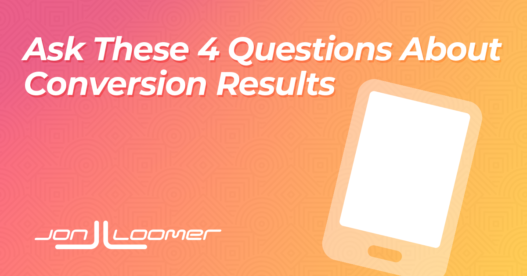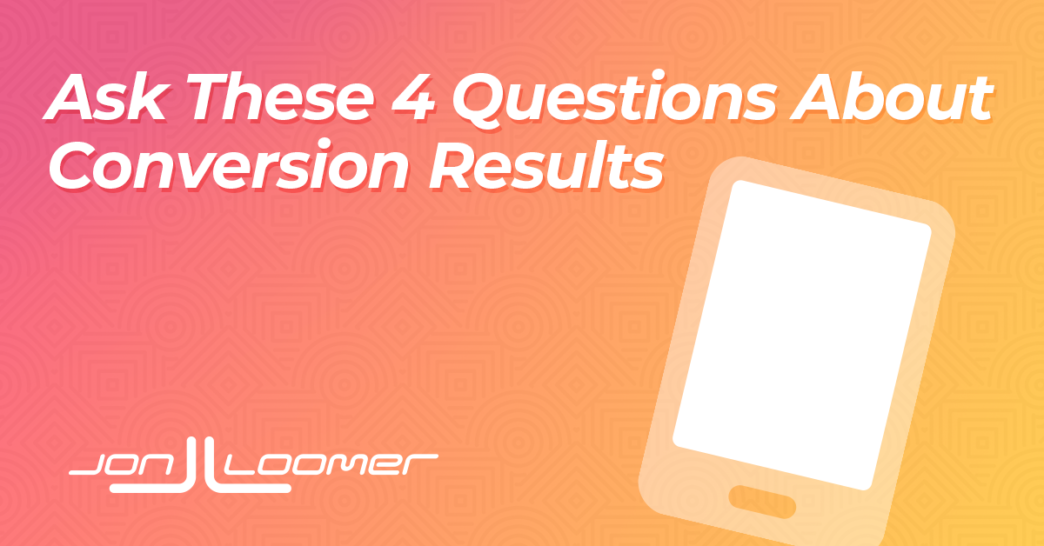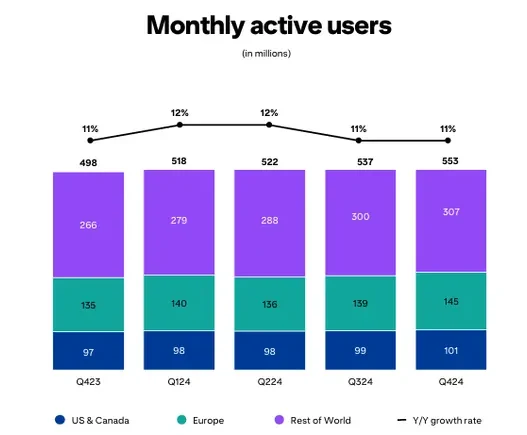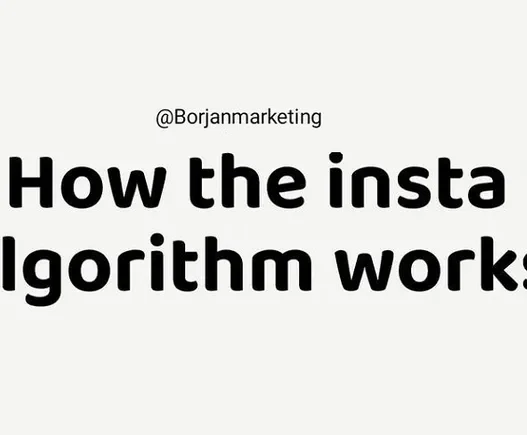Advertisers love to share amazing conversion results to impress clients, potential clients, and other advertisers. But those results are often too basic, leaving out important information.
You should ask these questions to get important context…
1. Who is the Targeted Audience?
If it’s remarketing, results tend to be view-through heavy. Remarketing has a tendency to give you great results on the surface, but it’s not scalable or incremental.
You’re capped on what you can spend on these small audiences. And it’s questionable whether most of these conversions are incremental — they may have happened anyway without your ads.
Good, sustained results reaching a larger audience are both more impressive and sustainable. And since Meta tends to prioritize remarketing when targeting more broadly anyway, it’s questionable whether limiting the audience is helpful.
2. What is the Breakdown by Audience Segments?
If you’re running a sales campaign, you can get a sense of how your ads are distributed by using the breakdown by audience segments feature.

Even if you aren’t remarketing, it’s possible that a high percentage of results are from the engaged audience and existing customers.

While not intentional, a high concentration on remarketing might suggest that the snapshot of high performance may not last without extending to a cold audience.
3. What is the Breakdown by Attribution Setting?
You should use the Compare Attribution Settings feature often.

If you’re remarketing, you’ll often find a high concentration of view-through conversions. View-through can have value, particularly when reaching a cold audience. But you don’t want them to make up a high percentage of your conversions. While higher commitment sales will have a longer customer journey, the more 1-day click conversions, the better.
Also, if the conversion event isn’t a purchase, you can mostly ignore anything other than 1-day click.
4. What’s the Breakdown by First and All Conversions?
It’s possible your results are inflated by a few customers performing multiple conversions. You can cut out the extras by isolating First Conversions when comparing attribution settings.

This matters less when the conversion event is a purchase, though a few customers who make several purchases could inflate results. This is a bigger deal for other conversion events that pump up the numbers and make them look better than they are.

Always ask questions when you see conversion results that seem too good to be true — whether they are your own or another advertiser’s.











